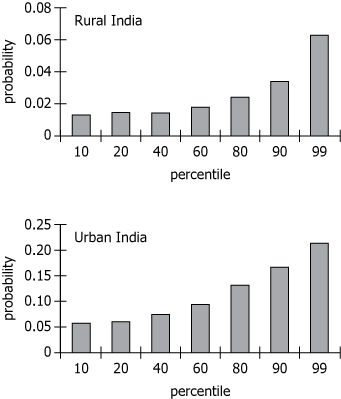Events & Promotions
|
|

GMAT Club Daily Prep
Thank you for using the timer - this advanced tool can estimate your performance and suggest more practice questions. We have subscribed you to Daily Prep Questions via email.
Customized
for You
Track
Your Progress
Practice
Pays
Not interested in getting valuable practice questions and articles delivered to your email? No problem, unsubscribe here.
- Nov 18
11:00 AM PST
-12:00 PM PST
Join us in a live GMAT practice session and solve 30 challenging GMAT questions with other test takers in timed conditions, covering GMAT Quant, Data Sufficiency, Data Insights, Reading Comprehension, and Critical Reasoning questions. - Nov 22
11:00 AM IST
-01:00 PM IST
Do RC/MSR passages scare you? e-GMAT is conducting a masterclass to help you learn – Learn effective reading strategies Tackle difficult RC & MSR with confidence Excel in timed test environment - Nov 23
11:00 AM IST
-01:00 PM IST
Attend this free GMAT Algebra Webinar and learn how to master the most challenging Inequalities and Absolute Value problems with ease. - Nov 25
10:00 AM EST
-11:00 AM EST
Prefer video-based learning? The Target Test Prep OnDemand course is a one-of-a-kind video masterclass featuring 400 hours of lecture-style teaching by Scott Woodbury-Stewart, founder of Target Test Prep and one of the most accomplished GMAT instructors.
Kudos
Bookmarks
Dropdown 1: less than
Dropdown 2: greater than
Be sure to select an answer first to save it in the Error Log before revealing the correct answer (OA)!
Difficulty:
 5%
(low)
5%
(low)
Question Stats:
89% (01:44) correct 11%
(01:46)
wrong
11%
(01:46)
wrong  based on 1616
sessions
based on 1616
sessions
History
Date
Time
Result
Not Attempted Yet

The two graphs show the probability of having moved (changed residence) within the past 10 years by percentiles of per capita consumption for individuals in rural and urban India. Note that the probability scales on the two graphs are different.
Use the drop-down menus to create statements that are consistent with the information presented.
For individuals at the 99th percentile of the per capita consumption distribution, the probability of having moved within the past 10 years for rural India is that for urban India.
The range of the probability of having moved within the past 10 years for urban India is that for rural India.

The two graphs show the probability of having moved (changed residence) within the past 10 years by percentiles of per capita consumption for individuals in rural and urban India. Note that the probability scales on the two graphs are different.
Use the drop-down menus to create statements that are consistent with the information presented.
For individuals at the 99th percentile of the per capita consumption distribution, the probability of having moved within the past 10 years for rural India is that for urban India.
The range of the probability of having moved within the past 10 years for urban India is that for rural India.
ID: 700156
ShowHide Answer
Official Answer
Dropdown 1: less than
Dropdown 2: greater than
Kudos
Bookmarks
gmatt1476
The graphs show the probability of moving of different sections of people in rural and urban India. The individuals have been divided into 7 sections (10th percentile of PCC, 20th percentile of PCC etc) and their probabilities are given.
So in Urban India, probability of moving is 0.06 for '10th percentile of PCC individuals.' (for this group). For 99th percentile of PCC group, it is about 0.2 etc.
For individuals at the 99th percentile of the per capita consumption distribution, the probability of having moved within the past 10 years for rural India is ____ that for urban India.
For rural India, at the '99th percentile of PCC' probability of moving is about 0.06.
For urban India, at the '99th percentile of PCC' probability of moving is about 0.2.
Hence for rural India, it is less.
ANSWER - less than
The range of the probability of having moved within the past 10 years for urban India is ____ that for rural India.
The range for urban India is about 0.2 - 0.06 = .14
The range for rural India is about .07 - .015 = .055
The range for urban India is much greater.
ANSWER - greater than
Kudos
Bookmarks
How can the range be defined here, if we do not know the probability of 0%ile and 100%ile person in those regions?











